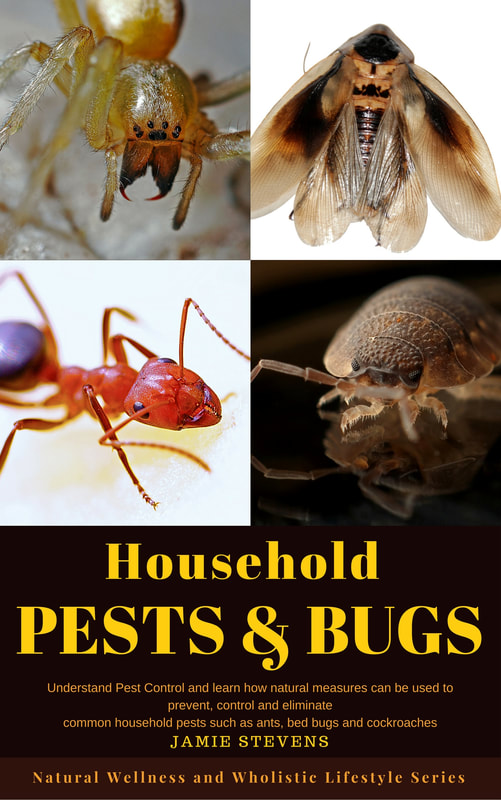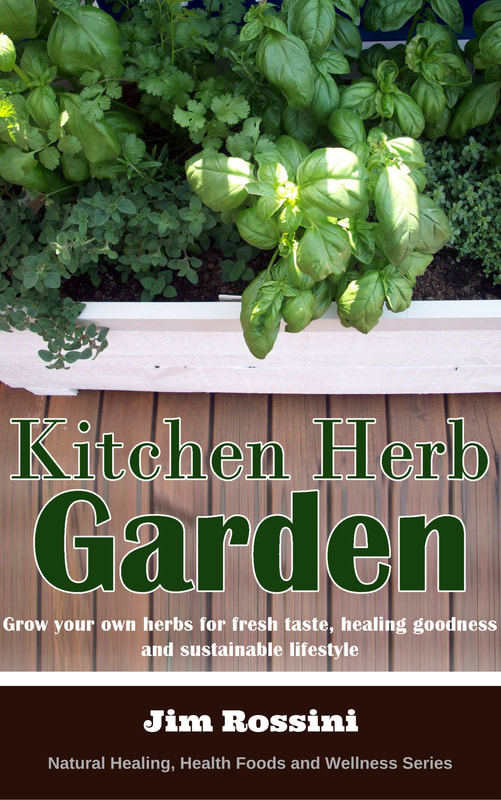| | One of the most important components of a sustainable lifestyle is changing our habits. Achieving this requires not only individual behavior changes, but also change at the corporate level. Business and government leaders need to develop innovative and sustainable products and services that can benefit the planet and make them profitable. Governments and businesses must also challenge the status quo and implement policies that encourage sustainable lifestyles. |
One way to start living more sustainably is by buying recycled products. For example, many cosmetic companies now produce their products in recycled containers. You can also look for clothing and furniture that is made of recycled materials. By making the switch to sustainable alternatives, you will save money and the environment at the same time.
Another component of a sustainable lifestyle is eating local and seasonal foods. Eating foods in season helps minimize food waste and minimizes transportation costs.
Eating seasonally-grown vegetables and fruits will help reduce greenhouse gas emissions. Moreover, eating less meat is also a great way to lead a sustainable lifestyle. The meat industry is a major contributor to deforestation, pollution, and greenhouse gases. Beef is particularly harmful to the planet.
Recycling and reducing your waste are two other important components of a sustainable lifestyle. Using reusable shopping bags will help reduce waste.
You can also use reusable glass jars and reusable coffee mugs. Cloth towels are also a better option than paper towels. It is also a good idea to limit the amount of water you use to wash your hands and utensils.
Another component of a sustainable lifestyle is eating local and seasonal foods. Eating foods in season helps minimize food waste and minimizes transportation costs.
Eating seasonally-grown vegetables and fruits will help reduce greenhouse gas emissions. Moreover, eating less meat is also a great way to lead a sustainable lifestyle. The meat industry is a major contributor to deforestation, pollution, and greenhouse gases. Beef is particularly harmful to the planet.
Recycling and reducing your waste are two other important components of a sustainable lifestyle. Using reusable shopping bags will help reduce waste.
You can also use reusable glass jars and reusable coffee mugs. Cloth towels are also a better option than paper towels. It is also a good idea to limit the amount of water you use to wash your hands and utensils.















